The cassock is a talar dress, which reaches to the feet, very similar to a tunic. The cassock has long sleeves and is tight to the trunk. In the front part it is fastened with buttons from top to bottom. The cassock is a garment used by clerics in liturgical celebrations, on a daily basis, on solemn occasions not linked to the Liturgy, in events of great notoriety, etc...
The cassocks, despite being a priestly garment , is not exclusive to Catholic priests and parish priests. It may be worn by choristers, sacristans, or altar boys .
The cassock, like many other priestly vestments, can be purchased in different colors. Each of the colors of the cassock is associated with the priests of a certain hierarchical order. In addition to being associated with hierarchy, the colors of a cassock can vary depending on when they are worn:
The choral habit (in Latin habitus choralis), the choral cassock , is the clothing worn by priests and/or prelates when they attend liturgical celebrations that they officiate directly.
The street habit, also known as the civil habit, that is, the street cassock , is the costume worn by members of the clergy on a daily basis. The cassock can be replaced by the clergyman (or cleriman) shirt, that is, the shirt with a Roman collar or stripe.
The piano suits, the piano cassocks , are those that are used during celebrations not linked to the Liturgy. Events in which priests meet, such as dinners, concerts, banquets, audiences, receptions, etc...
The white color in the cassock is reserved for the Pope, the Holy Father. The general rule of clothing within the Catholic Church says that only the Pope can wear a white cassock.
There are two exceptions to this rule: wear the cassock in "Mission Land" or in very hot tropical areas.
The Catholic Church allows members of the clergy (priests, bishops, cardinals, acolytes, etc...) who reside in areas with high temperatures, such as Africa, Central America, Southern Europe, etc..., to wear white cassocks, that is, the same color as the papal cassock.
White cassocks made to dress areas with high temperatures, in addition to their color, are usually made of fresh, light and breathable fabrics. This type of fabric is more appropriate for warmer areas and usually has a higher purchase price.
If we do not take into account the aforementioned characteristics aimed at combating the heat, the white cassocks used by priests from hot places are garments with the same characteristics as the black cassocks.
The black cassocks have great meaning for the priest who wears it. Black symbolizes that the person who wears it has died to the world. He is above the material world around him. The cassocks wear Roman collars or band collars whose white color symbolizes the purity of the soul.
The cassock for daily use, in the Holy Catholic Church, is black for priests of any degree. Despite this general rule, members of the highest hierarchies can wear cassocks of other colors or black cassocks with colored elements associated with their hierarchical degree.
The elements that usually change their color are the buttons on the front and on the sleeves (when the dress has them), the trim on the cassock and the cape (if the priest wears it) and the sash (also known in some places like sash).
The priests, deacons and seminarians usually wear a black cassock with buttons, trims and a sash.
Purple cassocks or black cassocks with buttons, piping and a purple (purple) sash are mostly worn by bishops . Depending on the date of the liturgical calendar or the place they visit, bishops can change the colors of their clothing.
Red cassocks or black cassocks with scarlet red buttons, piping and cummerbund are mostly worn by cardinals . Depending on the date of the liturgical calendar or the place they visit, bishops can change the colors of their clothing.
- Seminarians , when the event allows it, usually wear a black cassock with a blue sash.
- Some male religious congregations have an adaptation of priestly cassocks as a habit. In general, these adaptations are usually without buttons and adjusted with a band, cord or ribbon. Some of the orders that wear habits adapted from the cassock are the Franciscans, the Jesuits, the Legionaries of Christ, etc...
- The clothing and costumes that a priest must wear outside of liturgical celebrations is fundamentally determined by:
Canon that stipulates that clerics of any hierarchical order must wear dignified ecclesiastical garments and attire. Taking into account the limitations and norms dictated by the Episcopal Conference and the legitimate customs of the place.
Directory published in 2013 in which the indications established in canon 284 of the Code of Canon Law are complemented.
The article establishes that priests must wear the robe, the cassock, or wear clothing that differentiates them from the laity "according to the dignity and sacredness of their ministry." In this second it follows that the most advisable thing is the use of cleriman shirts.
The cassock and the sash are garments that Catholic priests, seminarians, bishops, chaplains of His Holiness, cardinals, etc... usually buy to wear a worthy ecclesiastical habit on a daily basis or in other types of events.
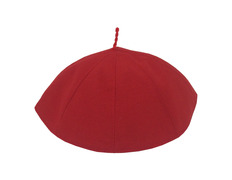
Ref: 138B004
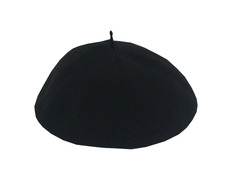
Ref: 138B003
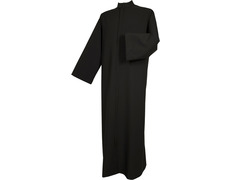
Ref: 52F430
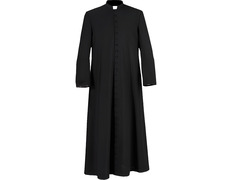
Ref: 138B001
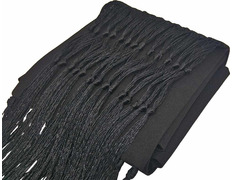
Ref: 138B002
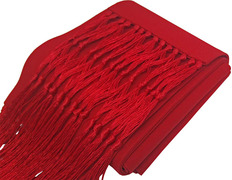
Ref: 138B002
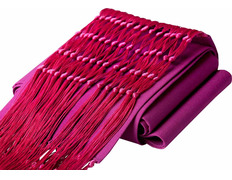
Ref: 138B002